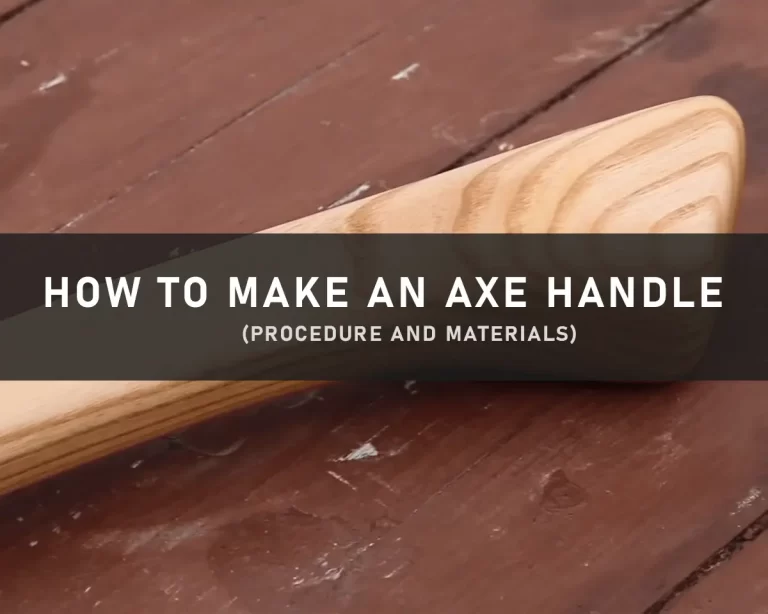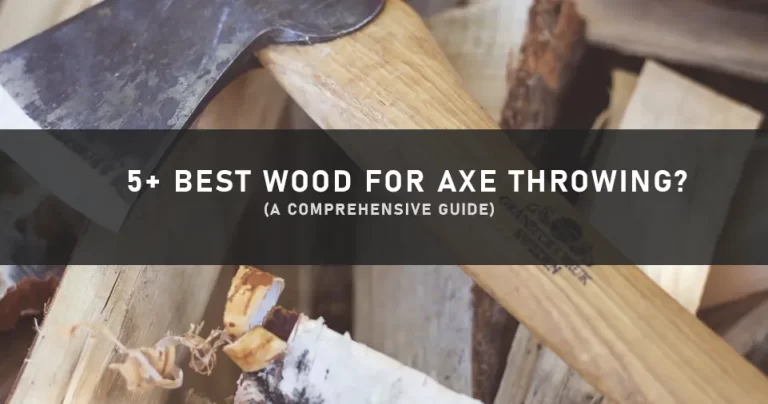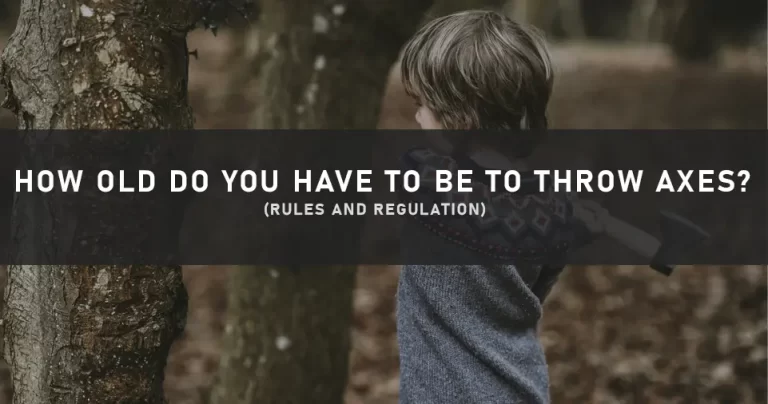How To Soften Wood For Axe Throwing – 2 Sneaky Methods
Softening the target wood can enhance the overall experience of axe throwing and make it more enjoyable – Soaking and Steaming can help but it needs to be done in the right way to ensure the target wood can survive for a long time.
This guide is all about the methods on how to soften wood for axe throwing which increases not only the accuracy but makes the target wood durable for long-term use.
Importance Of Softening Target Wood For Axe Throwing
Hardwoods could easily be shattered whereas softwood doesn’t break down quickly which makes it long-laster. Softwoods, therefore, can be more frequently used as it is cost-effective as well as saves the time spent on changing the target wood quite often.
If you’re playing with competitors, hardwoods can be noisy and distracting whereas softwoods are quieter due to their softness which allows you to concentrate more on aiming the target.
While playing axe throwing, hardwoods don’t securely catch the axe and can bounce back which could result in causing dangerous situations. Softwoods, however, catch and hold the axe nicely and properly which reduces the potential dangers.
Read more on: Is Axe Throwing Dangerous?
Methods For Softening Target Wood
Soaking
The simplest way to soften the target wood is Soaking. Watering the wood can make it soften, however, it needs to be done cautiously so that the wood is not over-soften which could lead it to crack.
Pro Tip: Use the moisture meter to determine the current level of moisture in the wood. It will allow you to reach the perfect level of softness.
Steaming
Another way for softening the wood for axe throwing could be steaming. Exposing the wood to steam can help to make it soft however steaming can be more time-consuming as compared to soaking. Furthermore, not all types of wood can be softened using the steaming method.
Mistakes To Avoid While Softening The Wood
Some common mistakes axe throwers usually do while softening the wood, makes it not only less durable but also make it unsafe. These mistakes must be avoided to ensure safety and also to achieve the perfect level of softness.
- Over-Soaking or Over-Steaming: It can make the wood too soft that it makes it less durable, so make sure you’re over-softening it.
- Not drying after softening: This can lead the wood to mold or rot, it not only makes it weaken but it is not safe. Therefore, always dry and allow the wood to be dried before using it for axe throwing.
- Using harsh chemicals: It can leave rough spots on the surface, so always make sure to avoid it.
- Not consider the type of wood: There are different types of wood with different attributes, and few may not be the right fit for axe throwing. So, make sure you’re using the right kind of wood for axe throwing.
How To Determine The Softness Of Wood?
The softness of wood could be determined by pressing a finger on the wood and seeing if it could be indented easily. The softwoods usually indent a little or give it softness fell whereas the hardwoods neither dent nor give a feeling.
Additionally, the softness could also be determined by throwing the axe at the target wood add seeing how well it sticks. If the axe bounces back or falls down, the target wood is hard whereas if sticks deeply, the target wood is too soft.
Does The Softness Of Wood Increase The Accuracy?
One-word answer – Yes, it does. It is because the softwoods allow the axes to stick in the target and catch it properly rather than bouncing off or slipping out. This can help you to increase the chances of hitting the bull’s eye.
Conclusion
In conclusion, softening the wood for axe throwing not only enhances the pleasure and accuracy but also ensures the safety of throwers by not letting the axe bounce back.







